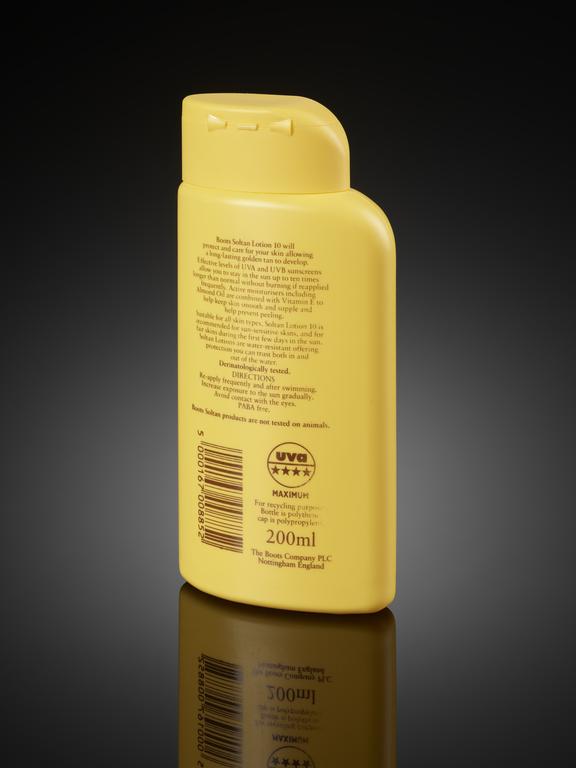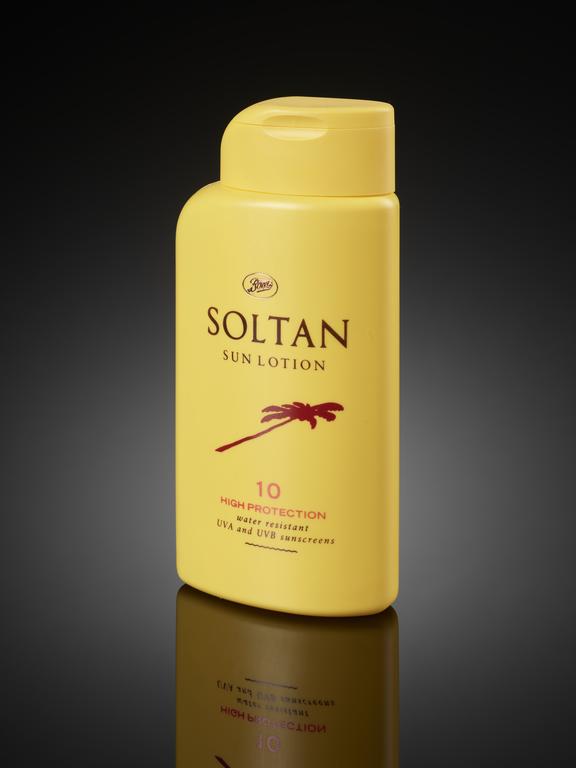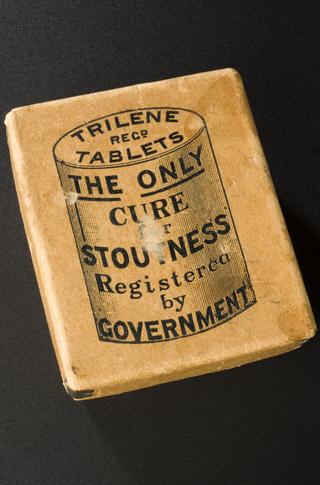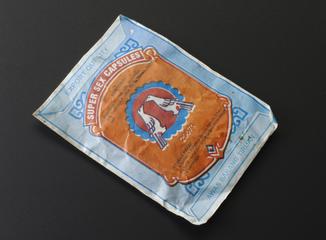Boots SPF 10 sun lotion
Bottle of high protection sun lotion (SPF 10), made by Boots Contract Manufacturing, 1996.
More
Sun cream is one of the main ways many of us protect ourselves from the sun. It was during the 1930s and 1940s that chemical sun creams were first developed. By absorbing or reflecting harmful radiation from the sun, they stop it from reaching the skin and causing damage. For the first few decades, sun cream just worked against ultraviolet B (UVB) rays which cause sun burn. However, more modern sun cream also protects us from ultraviolet A (UVA) radiation which can penetrate the skin more deeply. Over the past 50 years, our relationship with the sun has changed. There has been a move away from tanning and an increased awareness of the risks of sun exposure.
Sun protection factor (SPF) was first introduced in 1962 to measure the effectiveness of sun cream. The first sun cream assessed using this unit was given SPF 2. Since then, SPF ratings have gradually increased. While this example from the 1990s considers SPF 10 to be high protection, the NHS now recommend using a minimum of SPF 30. SPF only measures protection against UVB radiation – modern sun cream also has a star rating to show how effectively it protects against UVA rays.
- Materials:
- polyethylene (polythene)
- Object Number:
- 2022-506/5/1
- type:
- bottle
- Image ©
- The Board of Trustees of the Science Museum







